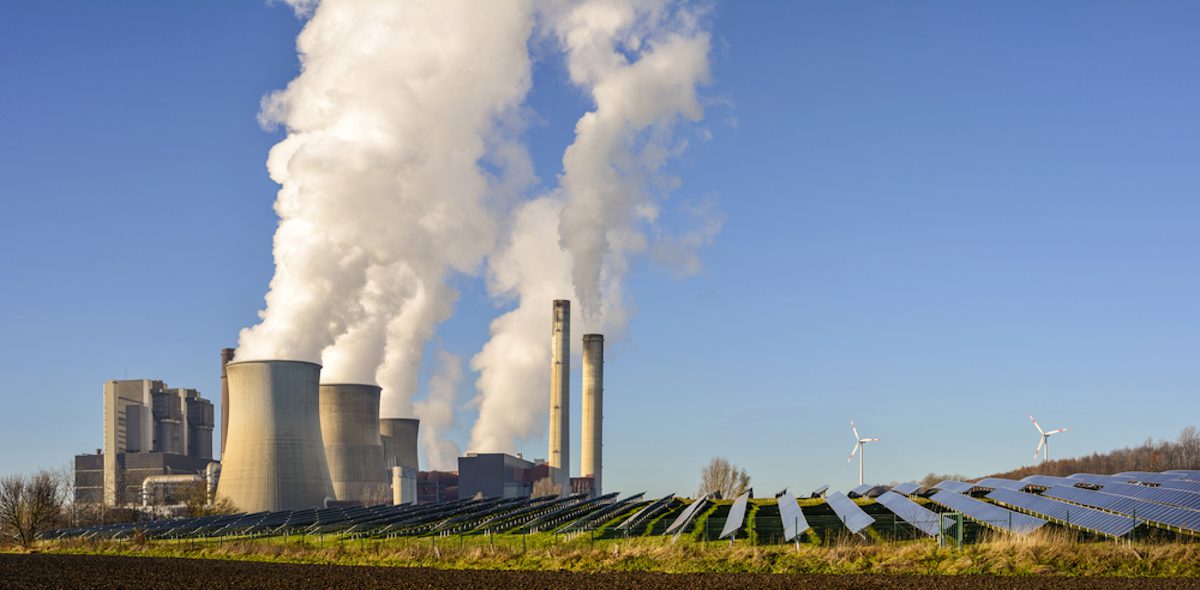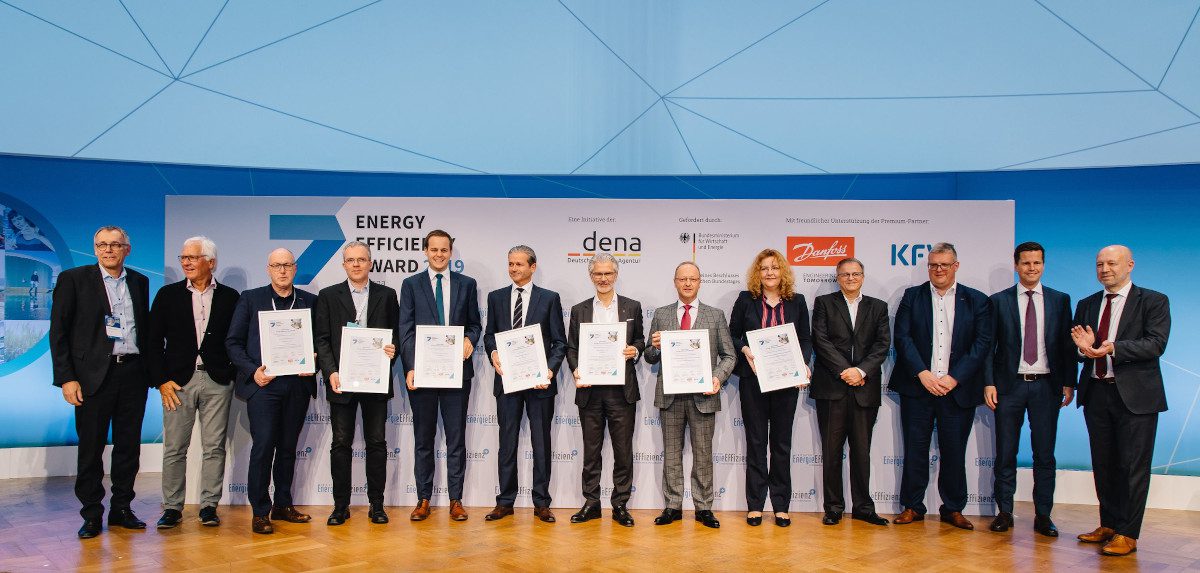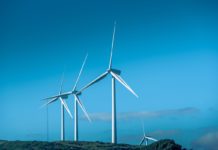
Investments in climate protection and energy efficiency are worthwhile, even from an economic point of view – a verdict that appears amply demonstrated by the winners of the four categories of this year’s Energy Efficiency Award, an annual prize presented by the German Energy Agency (Deutsche Energie-Agentur, or dena) to companies that pursue innovative and highly successful ways of reducing energy consumption and harmful emissions. The award endows a total of EUR 30,000 in prizes.
The following have been recognised for their achievements:
- The building materials manufacturer, Adolf Gottfried Tonwerke GmbH, together with the technology provider, Orcan Energy AG, in the Energy Transition 2.0 category, for exploiting previously unused waste heat from two furnaces for electricity generation.
- Ostsee-Zeitung GmbH & Co. KG and Energieberatung MV in the energy efficiency category: from clever to digital, for the energy-efficient optimisation of the printing process during ongoing operations.
- EnergieDienstleistungsGesellschaft Rheinhessen-Nahe mbH and the Rhineland-Palatinate Police Academy in the energy services and energy management category, for creating an energy-efficient local heating network with the active involvement of its users.
- The Audience Award, which was chosen by a live vote during the presentation ceremony, went to GETEC heat & power GmbH (Magdeburg / Saxony-Anhalt) and Clariant AG (Podari / Romania) for a CO2-neutral energy supply concept, using residual materials as an energy source.
“Energy efficiency and climate protection do not come for free. But those who invest intelligently create advantages for their company and their environment,” said Andreas Kuhlmann, Chief Executive of dena, at the award ceremony during the dena Energy Efficiency Congress in Berlin. “Climate-friendly business models work and also contribute to an integrated energy transition,” added Andreas Kuhlmann.
“The successful projects that received the Energy Efficiency Award show that companies are taking responsibility for a carbon-neutral future. Climate protection and economic activity are not mutually exclusive,” said Andreas Feicht, State Secretary at the Federal Ministry for Economic Affairs and Energy, at the award ceremony.
In all, 142 projects were entered for the Energy Efficiency Award this year: 108 entries came from Germany and a further 34 from European or international regions. The award is funded by the Federal Ministry for Economic Affairs and Energy (BMWi) and supported by premium partners, Danfoss and KfW.
Complete information on the competition can be found at www.EnergyEfficiencyAward.de. Further information about the dena Energy Efficiency Congress is available at www.dena-kongress.de
Further details about the winners in specific categories are included below:

Competition category: Energy Transition 2.0
Adolf Gottfried Tonwerke GmbH and Orcan Energy AG
The family firm, Adolf Gottfried Tonwerke GmbH, extracts and refines clay and other raw materials for the ceramic and clay processing industry in Großheirath (Bavaria). After successfully implementing its initial energy efficiency measures, the company then pursued the objective of extending the waste heat usage already achieved, but limited to production, to its firing processes. It focused on two rotary kilns used for firing clay. The aim was to harness waste heat from the resulting high exhaust temperatures, with as few changes as possible to the existing process.
Its collaboration with Orcan Energy AG provided a suitable solution. This company, specialising in ORC (Organic Rankine Cycle) equipment, planned and implemented the ORC module. Due to its flexible behaviour, the module can react to fluctuating amounts of heat within seconds and is also highly efficient when converting heat into electricity at part load. The ORC module also features a second high temperature circuit, thereby enabling it to generate higher temperatures in the waste heat flow.
Integrating the ORC equipment into the existing rotary kiln system posed a technical challenge for the project. As a result, an additional exhaust gas heat exchanger (EGHE) had to be used for the exhaust gas flow from kilns 1 and 2. High dust content in the exhaust gas exacerbated the situation. The final solution involved an exhaust gas heat exchanger specially designed for this application. Its operation facilitated the ORC solution and reduced the utilisation factor of the suction fan, saving a further 15 kW of energy. The savings achieved are verified by an integrated control unit that continuously measures the generated electrical output.
Energy efficiency measures
ORC (Organic Rankine Cycle) equipment to convert waste heat into electricity.
Installation of a special heat exchanger for exhaust gas with high dust content
Dust/ash separation and pipeline construction
Successful savings:
Reduction in electricity consumption: 304,000 kWh/year
Reduction in CO2: 181 t/year
Energy efficiency competition category: from clever to digital
Ostsee-Zeitung GmbH & Co. KG and Energieberatung MV / consultant engineers for physical process engineering
Ostsee-Zeitung GmbH & Co. KG is part of the Madsack Media Group and publishes its eponymous regional daily paper in Mecklenburg-Vorpommern. In early 2017, the printing plant experienced technical problems with the cold water circuit for its printing press, prompting it to take a detailed look at the entire cooling process. Ostsee-Zeitung relied on external support from Energieberatung MV. The consultant engineers who specialise in physical process engineering, had already successfully implemented systematic optimisation and heat transfer measures for the publishing house in the past.
An analysis of the thermal and electrical load measurements concluded that the cooling process was clearly over-dimensioned, so that the equipment could not be meaningfully operated, either in terms of demand or energy efficiency. It became clear that the existing supply pressure and water volume flow were not actually needed. The necessary cold water parameters, relatively high at around 22 °C, also revealed considerable potential for using “free cooling”. The cooling process for the printing press was subsequently redesigned and optimised, to allow free cooling to be retrofitted. For this purpose, a new, external dry cooler and water-glycol circuit were connected to the water circuit of the existing process cooling via a plate heat exchanger.
The new cooling circuit, consisting of free and mechanical cooling, is integrated and regulated in such a way that the printer is cooled using minimal electric power for fans and pumps – whilst simultaneously improving the process reliability. By adjusting the working temperature of the cooling water to around 23 °C, free cooling can perform the entire cooling process up to an outside temperature of around 19 °C. Free cooling is used for around 7,500 operating hours per year. If the outside temperature exceeds a specified value (cooling limit), free cooling is disabled. Cooling then takes place as a combination of free cooling and a mechanical cooling unit. The success of this measure has been verified via the building management system. Ostsee-Zeitung therefore saves 105,000 kWh of electricity and 59 tonnes of CO2 per year.
Energy efficiency measures
Optimisation of cooling during the printing process
Retrofitting free cooling in addition to the existing cooling unit
Successful savings:
Reduction in electricity consumption: 105,000 kWh/year
Reduction in CO2: 59 t/year
Competition category: energy services and energy management
EnergieDienstleistungsGesellschaft Rheinhessen-Nahe GmbH
In 2018, EnergieDienstleistungsGesellschaft Rheinhessen-Nahe mbH (EDG) took over an outdated, over-sized heating plant at Hahn Airport, which also supplied the Rhineland-Palatinate Police Academy and other buildings. The dilapidated infrastructure required extensive refurbishment, which is why EDG planned and independently implemented comprehensive modernisation measures. The heating plant responsible for energy production, with its outdated, oversized equipment, was refurbished while reducing heat generation performance by 60%. The associated, equally oversized and dilapidated district heating network was also completely renewed, taking account of energy efficiency aspects with regard to network parameters (reducing system temperatures, halving the volume flow in favour of lower return flow temperatures, optimising the differential pressure). Waste heat from a neighbouring biogas plant was integrated into the new local heating network via a CHP station.
All the heat generation and distribution equipment was remotely interlinked via an energy management system and can now be continually monitored and controlled via EDG’s central remote monitoring. All the consumption and efficiency-relevant data is digitally measured, recorded as 1/4-hourly values and graphically displayed, thereby enabling constantly optimised plant operation in line with efficiency and commercial criteria.
The owners of all the buildings connected to the local heating network were also involved. Efficiency measures were therefore discussed and implemented, thereby facilitating an “energy efficiency network”. These include the conversion of injection-type ventilation systems to mixing-type systems, installation of appropriate thermostats, optimised, energy-efficient hot water supply using intelligent control technology, taking account of hygienic aspects, and the hydraulic balancing of heat consumers. This local heating network is a practical, transferable example of the optimisation of district heating networks in combination with the optimisation of consumers’ heating needs. As well as the traditional modernisation of heating networks, it also focuses on optimising consumers’ heating needs, in particular.
Energy efficiency measures
Modernisation and energy-efficient optimisation of the local heating network
Feed-in of renewable heat from a biogas plant with CHP
Return flow temperature-limiting measures at consumers’ properties to reduce the network temperature
Central remote monitoring
Successful savings:
Reduction in heat consumption: 3,000 MWh/year
Reduction in CO2: 2,440 t/year
Audience Award concepts for improving energy efficiency
GETEC heat & power GmbH and Clariant AG
The Swiss chemical group, Clariant, is currently building a bioethanol plant at its Romanian factory in Podari. In future, bioethanol will be produced here from residual agricultural materials – such as wheat straw, for example.
The energy service provider, GETEC, developed a CO2-neutral energy supply concept for the factory. This uses lignin, the residual material arising from the bioethanol production process, as an energy source. This lignin is combusted in a fluidised bed boiler, turning it into an energy source. The use of a back-pressure steam turbine (8.5 MWel) provides the plant with a CO2-neutral supply of steam and electricity.
GETEC is therefore providing all the services, from concept development, through planning, funding and construction, to operation, maintenance and repair. According to the latest plans, the project will be fully implemented by the end of 2021.






